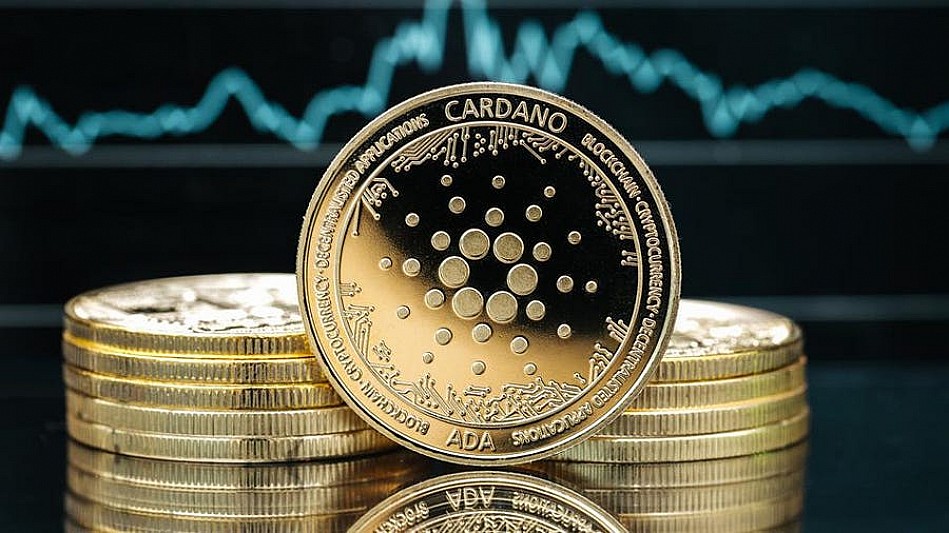What to Expect After Cardano’s New Upgrade
31.01.2025 17:30 1 min. read Alexander Zdravkov
Cardano has taken a major step toward decentralization with the activation of the Plomin hard fork.
This update shifts governance power from its founding entities—Cardano Foundation, Input Output (IO), and Emurgo—to Delegate Representatives (dReps), who will now vote on behalf of ADA holders.
The transition gives the community greater influence over the network’s future.
Cardano aims to support billions of users by 2030 while maintaining decentralization and security. To improve scalability, it is integrating Hydra state channels, rollups, Ouroboros Leios, Mithril certificates, and infrastructure upgrades. These advancements will allow for higher transaction volumes and greater efficiency.
For blockchain adoption to grow, accessibility and regulatory alignment are key. Cardano is prioritizing identity verification, privacy tools, and compliance features to ensure a user-friendly and secure ecosystem. With these developments, it positions itself as a leading blockchain for mainstream and institutional adoption.
-
1
Binance to Handle Siacoin Upgrade as Network Prepares for Major Protocol Shift
29.05.2025 17:00 1 min. read -
2
Kraken Turns Solana into a Global Stock Exchange
26.05.2025 9:00 2 min. read -
3
Microsoft Brings Blockchain Data to Its AI Platform via Space and Time
21.05.2025 11:00 1 min. read -
4
Chainlink Dominates RWA Innovation While Competitors Lag Behind
25.05.2025 9:00 1 min. read -
5
FIFA Teams Up with Avalanche to Launch Its Own Blockchain
23.05.2025 9:00 1 min. read
Tether Rolls Out Cross-Chain Gold Token on TON
Tether is deepening its involvement in the tokenized gold space by introducing a new version of its gold-backed stablecoin—XAUt0—on The Open Network (TON).
Litecoin Embraces Smart Contracts with New Layer-2 Network
Litecoin is taking a major leap into the world of DeFi and Web3 with the launch of LitVM, a newly introduced Layer-2 network designed to bring smart contract capabilities to the long-standing cryptocurrency.
Binance to Handle Siacoin Upgrade as Network Prepares for Major Protocol Shift
Binance has announced its full technical support for an upcoming upgrade to the Siacoin (SC) blockchain, scheduled for June 6, 2025.
MetaMask Expands Beyond Ethereum with Solana Integration
MetaMask is making a major leap beyond Ethereum by adding support for Solana, marking its first deep integration with a non-EVM blockchain.
-
1
Binance to Handle Siacoin Upgrade as Network Prepares for Major Protocol Shift
29.05.2025 17:00 1 min. read -
2
Kraken Turns Solana into a Global Stock Exchange
26.05.2025 9:00 2 min. read -
3
Microsoft Brings Blockchain Data to Its AI Platform via Space and Time
21.05.2025 11:00 1 min. read -
4
Chainlink Dominates RWA Innovation While Competitors Lag Behind
25.05.2025 9:00 1 min. read -
5
FIFA Teams Up with Avalanche to Launch Its Own Blockchain
23.05.2025 9:00 1 min. read


